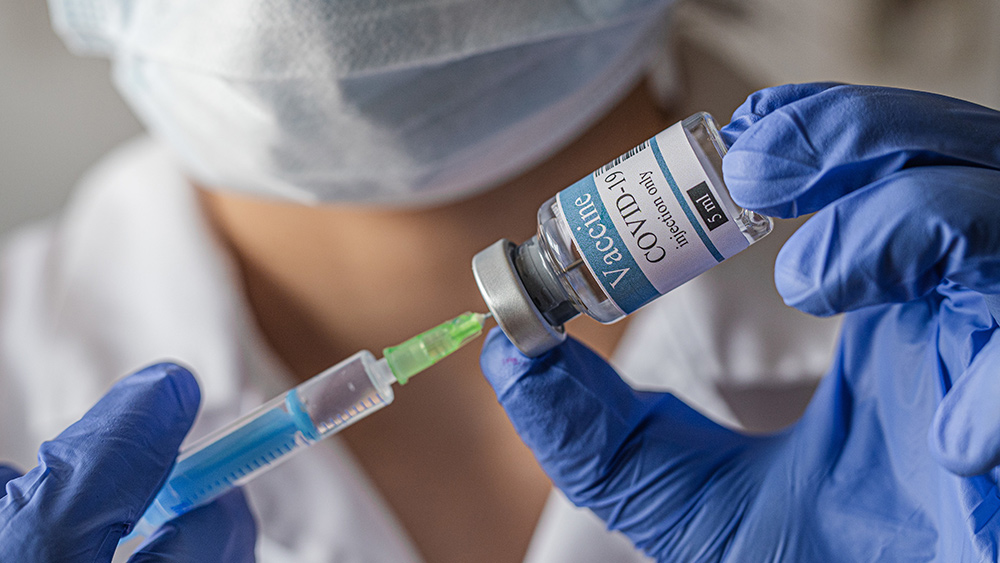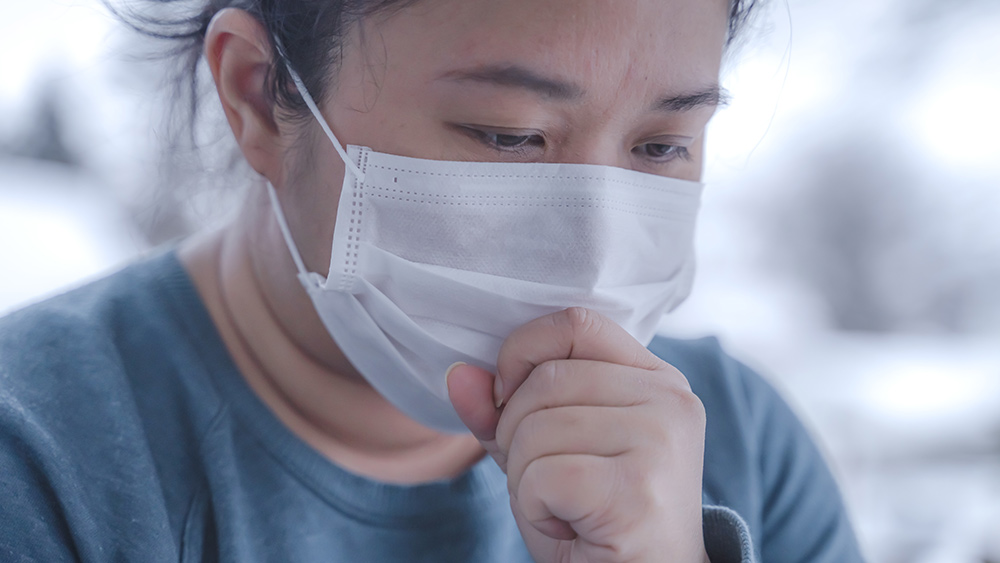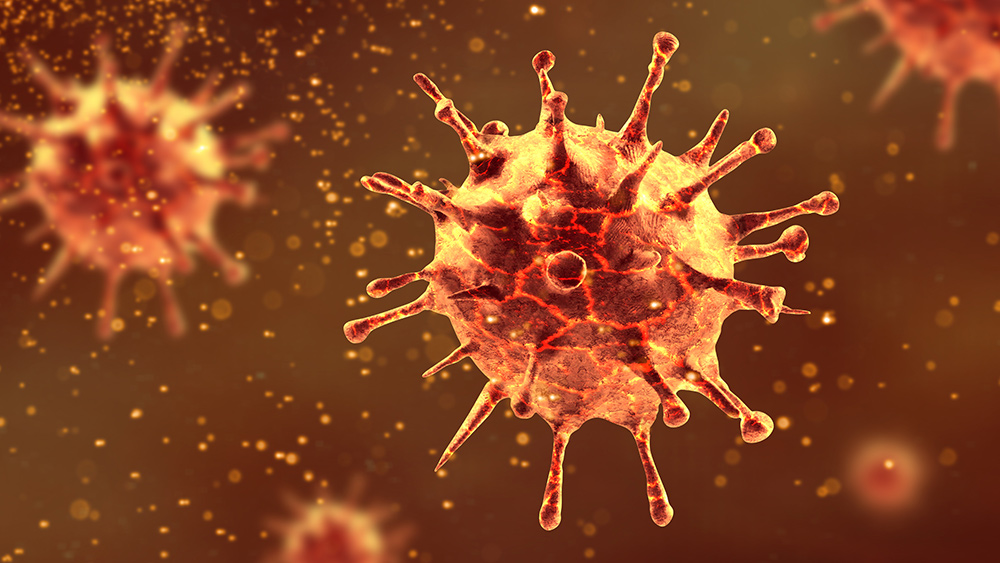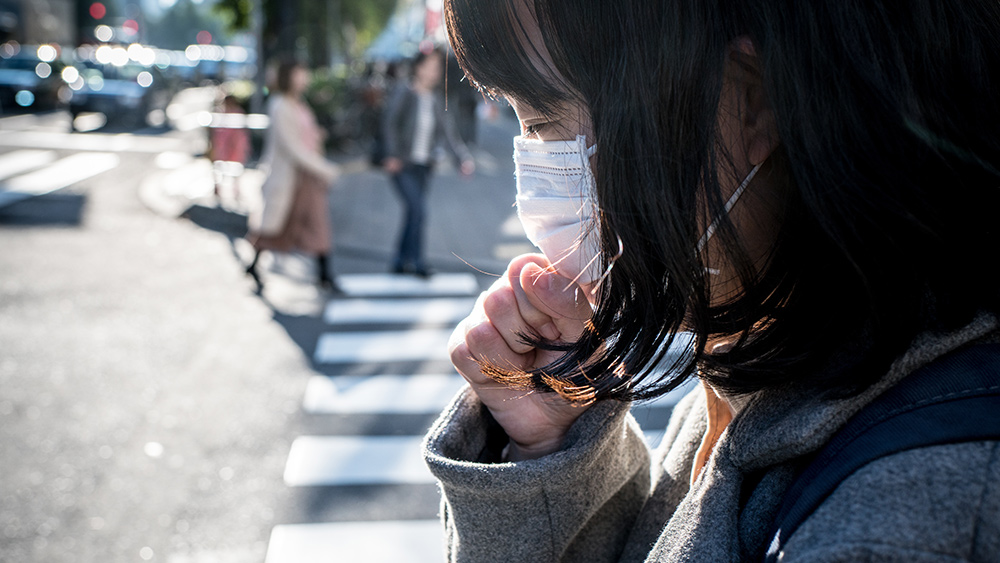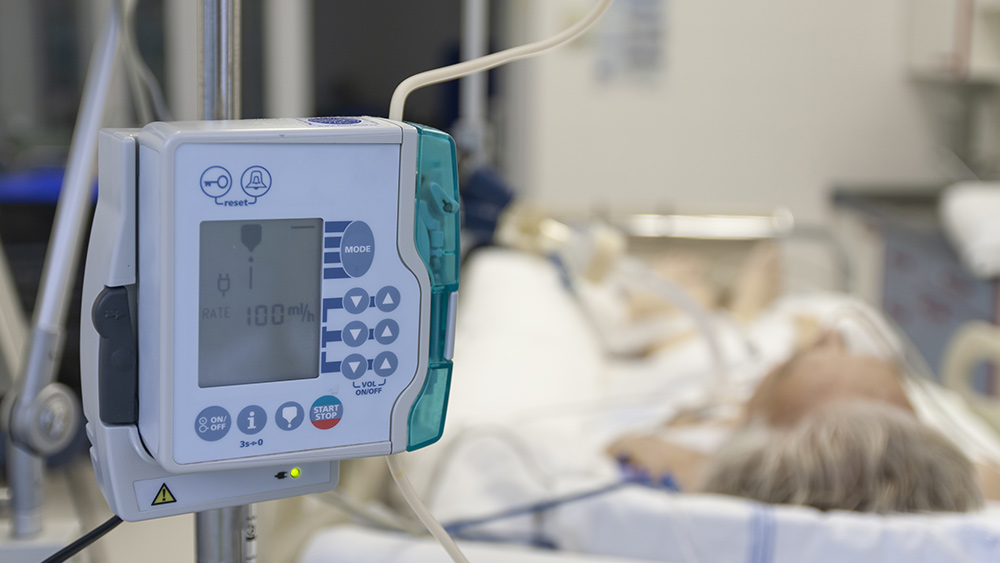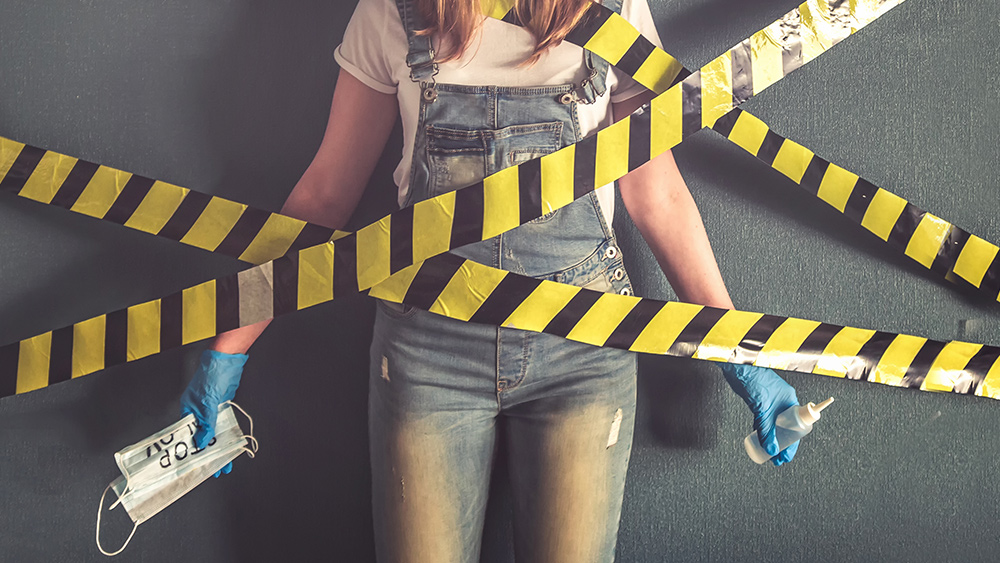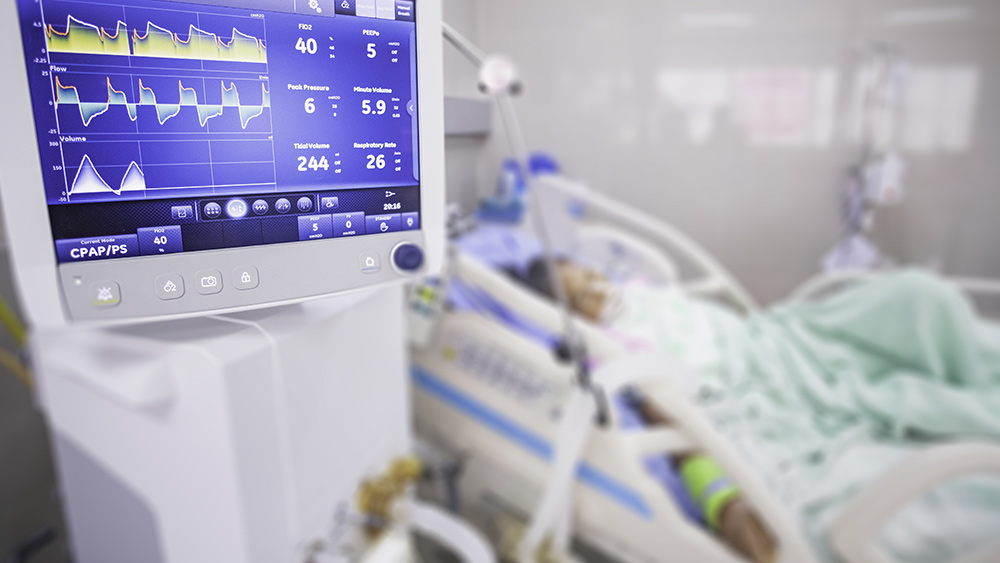A simple quiz to check someone’s basic knowledge of math and statistics in the middle of a pandemic
04/29/2020 / By Mike Adams

As we’ve seen when all the flawed math and science in recent coronavirus report, we aren’t exactly living in a math-centric world. In fact, basic skills in math and statistics are sorely lacking, even among people who consider themselves journalists or reporters.
It’s not that we expect everyone to be a statistician or epidemiology expert, but it sure would be great if the people writing about the coronavirus could do basic calculations in aggregate risk, infection rates or false positives.
Wouldn’t it be great to have a simple quiz you could share with people that would determine whether they know much about math?
I’ve put together a short collection of simple math and statistics questions below. You can rest assured that the vast majority of people writing about the coronavirus these days would fail this test, even though it’s really just high school math. That’s a pretty good indication you probably shouldn’t take any advice from them on topics like pandemics or finances, by the way.
Try it out for yourself and see how you do. By reading the answers at the bottom, you might even learn some important concepts that are strongly related to the coronavirus pandemic we’re dealing with right now. You are also welcome to double check my math, as I sort of wrote this in a hurry and may have made a hasty error myself. Bonus points if you spot any errors. (Some answers are rounded.)
Good luck!
The pandemic math quiz
See answers below. Don’t sneak a peek!
Math question #1: The coin flip
An authentic, perfectly manufactured U.S. quarter (coin) is flipped 100 times. The last 10 results happen to come up all heads. What are the odds that the next single flip will be heads?
Math question #2: The bacteria colony
A colony of bacteria living in a petri dish doubles its population every minute. The petri dish is exactly full at minute 60. At what minute is the petri dish half full?
Math question #3: Compounded interest
A mutual fund generates a 12% annual return. Compounded annually, roughly how many years would it take for a $10,000 investment to double to $20,000 if left in the fund to continue compounding?
Math question #4: Aggregate risk
You have 100 coworkers in your office. There is a 1% chance for each coworker to be carrying the coronavirus. What is the overall chance that at least one of your coworkers carries the virus?
Math question #5: The pregnancy test (false positives / false negatives)
A pregnancy test kit has a 4% false positive rate and a 6% false negative rate. Aside from the false positives and false negatives, the test is always accurate. If 100 women take the test, and 18 are truly pregnant but 82 are not pregnant, how many women will the test show to be pregnant? And how many of those will truly be pregnant? (You can round the answers to the nearest whole number, since we aren’t dealing with fractions of women.)
Math question #6: The transgender pregnancy test
The same pregnancy test kit described above is used to run pregnancy tests on 100 biological men who now claim to be women. How many will test positive for pregnancy, assuming the test kits have the same rates of false positives and false negatives described in question 3? (This is not a trick question.)
BONUS Math question: Bailout money
The US government decides to give every American $1 million in bailout money to “boost the economy” and turn every American into a millionaire. What will the value of the U.S. dollar be one year from now? (Sort of a trick question.)
ANSWERS:
Math answer #1: The answer is 50%.
That’s because coins and other inanimate objects don’t have memories. The results that came before the next flip are irrelevant. Past flips do not influence future flips. This simple truth is widely misunderstood by most people who convince themselves that “streaks” of luck have memories.
Math answer #2: The answer is at minute 59.
And at minute 58, it’s only 1/4th full. Exponential growth sneaks up on you.
Math answer #3: The answer is about 6 years.
People who don’t understand compounded interest tend to think it would take more than 8 years, but the rule of 72 allows us to easily estimate the actual time to double the investment at just 6 years.
Math answer #4: The answer is 63.4%
To answer this question, flip it around and calculate the odds of 100 people all not carrying the virus. There’s a 99% chance for each person to not have the virus. If you multiply 99 by itself 100 times, which is the same as 0.99 ^ 100, you’ll get the aggregate odds of all 100 people not carrying the virus. That number is 0.366, which means there is a 36.6% change of all 100 people not carrying the virus. That comes out to a 63.4% chance that at least one person is carrying the virus. This helps demonstrate why the coronavirus spreads so easily in indoor environments, even when a very small percentage of people might be carrying the virus.
Math answer #5: The answer is 20.
The 4% false positives means that 4% of those who are not positive will actually show positive. Since there are 82 woman who are not pregnant, 4% x 82 is 3.28. That means 3 of the tests out of 100 will falsely show a positive, in addition to the ones that are actually positive.
The 6% false negatives means that out of the 18 women who are truly pregnant, 6% of them will falsely show they are not pregnant, which is 6% x 18, or 1.08. Thus, it means one woman who is truly pregnant will falsely be shown to be not pregnant.
With 3 false positives and 1 false negative, the test actually shows 20 women are pregnant, even though only 18 are truly pregnant. (18 + 3 – 1 = 20). Even though the total is only off by two (it shows 20, but only 18 are truly pregnant), there are actually four women who are affected by the bad results. There will be one woman who is truly pregnant but thinks she is not, while there will be three women who are not pregnant but think they are.
Interestingly, this means that out of the 20 women who think they are pregnant, 3 out of the 20 are not actually pregnant, which means 15% of the women who think they are pregnant actually aren’t. That’s how a 4% false positive rate, which seems low, can actually skew 15% of the apparent final results. Keep all this in mind when you see people writing about “antibody tests” related to covid-19. Almost nobody is getting the math right, not even most doctors. The mathematical ignorance of “false positives” is astonishing, even in the medical community.
Math answer #6: The answer is 4.
Since all the participants are biological men, and men can’t get pregnant because they have no ovaries or female reproductive organs, none of them are truly pregnant. But the pregnancy test has a 4% false positive rate, so 4 out of 100 will see false positive test results. This is a reminder that when antibody tests aren’t accurate, even men can test positive for being pregnant.
BONUS Math answer: Zero
That’s because fiat currency always fails and goes to zero. The more the Fed tries to print bailout money, the less the fiat currency is worth. That’s because you can’t print value, even if you can print funny money. If the Federal Reserve could simply print real wealth and distribute it to everyone, there would be no point in anyone ever working again, or ever paying taxes again.
Bailout money isn’t free money, it’s theft of money from the middle class, who pay most of the taxes. The government, in other words, is looting the middle class to send bailout billions to the rich, wealthy corporations. And that’s a mathematical fact.
Tagged Under: coronavirus, MATH, outbreak, pandemic, quiz, statistics
RECENT NEWS & ARTICLES
COPYRIGHT © 2017 PLAGUE INFO


